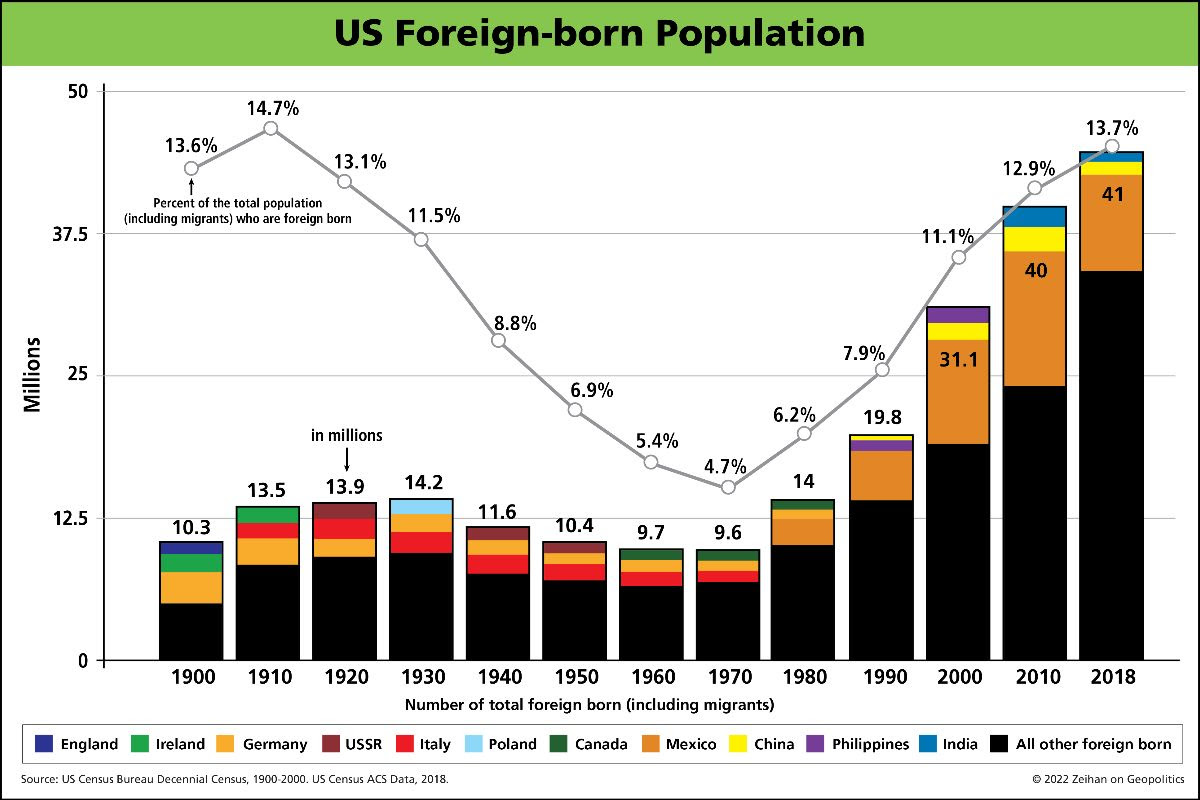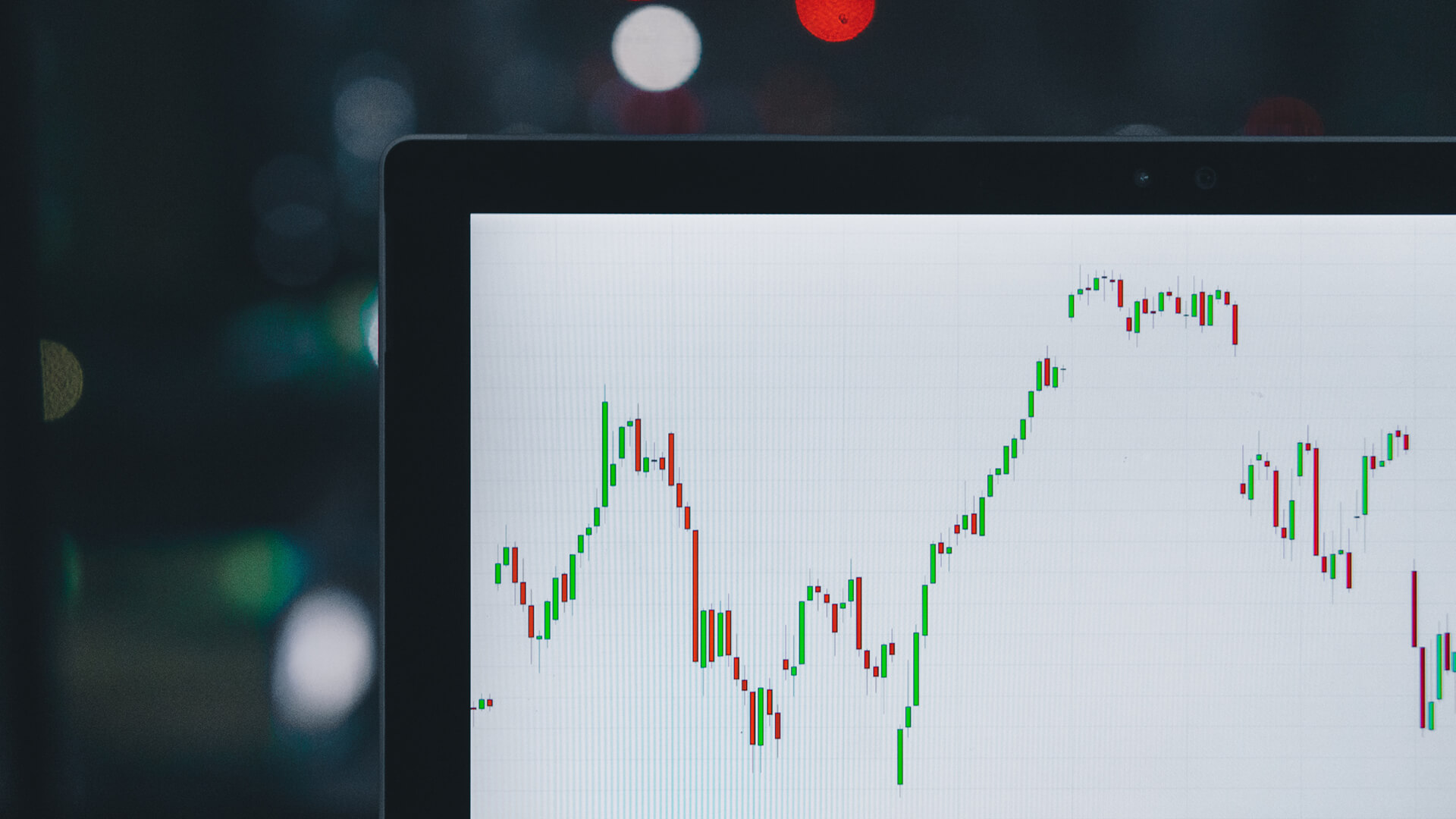On New Years Eve, just minutes before the dawn of 1992, the Soviet flag was lowered from the Kremlin for the last time.
Arguably the Cold War had been over for a few years already. Glasnost and perestroika had defanged the thorny grip of the KGB and made Soviet citizens less afraid of their own government. Summits – first with Ronald Reagan and later with George HW Bush – started both the Soviet Union and the United States down the path to massive nuclear disarmament. The Soviets started pulling troops out of Central Europe in 1989. In 1990 Soviet premier Mikhail Gorbachev blessed the American military effort to eject Soviet-backed Iraq from Kuwait. In 1991 constituent members of the USSR seceded – peacefully – from the Union.
But flags matter. And the real date it was all over – truly over – was December 31, 1991.
In America the Cold War’s end was met with a bit of a jubilant shrug. We went on with our day.
From a long-view perspective, the inward turn was a return to the norm. Americans have always been a bit self-absorbed. Having the richest part of a rich continent, far removed from the hustle, bustle, war and pain of the Eastern Hemisphere, does that to you. We settled things with our only two neighbors – Canada and Mexico – well before our first centennial and immediately got down to the more serious business of arguing amongst ourselves. More Americans died in the Civil War than in all our military conflicts with all our adversaries throughout all our history, combined.
With the Cold War relegated to the past, Americans quickly moved on. We started caring about things that during the Cold War were simply too minor and esoteric to blip on our collective radar while we were staring down the threat of nuclear Armageddon: Haiti, Palestine, Panama, Kosovo, Bill Clinton’s cigar habits. By the late-1990s the rest of the world was so out-of-mind that 60% of Americans couldn’t even locate the United States on a world map. American narcissism was again the norm…
…until the events of September 11, 2001, shocked us out of our naval-gazing and thrust us back into the world against a new foe.
America’s original goal in Afghanistan was to hunt down al Qaeda. America’s original goal in Iraq was to terrify Iraq’s neighbors – Syria, Iran and Saudi Arabia – into hunting down al Qaeda affiliates for us in order to deter an American invasion of Damascus, Tehran and Riyadh. Both missions were successful, and wildly so. At first. But after al Qaeda was gone, the reality of the region set in. The concern – the reasonable concern – became will the local government we’re establishing survive an American exit? Can we prevent the entire region reverting to old habits? Can we establish institutions that will outlive the American presence? Can we make it look like Wisconsin?
The answer to all those questions ended up being “no, we cannot”.
In was only July 9 when Biden announced that the U.S. military mission in Afghanistan would end on August 31. Nearly immediately, U.S. forces stopped spearheading Afghan military efforts against the Taliban, and stopped carrying out airstrikes to support those U.S.-led missions. The Afghans didn’t launch their own. In nearly every case, when Afghan forces met the Taliban in battle, they did not crumple, they simply dissolved – in many cases handing over their American-made and -supplied weaponry directly to their adversaries.
In just two weeks, cities that had stood as independent bastions for not so much years, but centuries, fell to Taliban control: Kunduz, Mazar-i-Sharif, Herat, Jalalabad.
Many have criticized the Biden administration for “losing” Afghanistan. To them I have four responses:
- If after twenty years of effort and literally trillions of dollars of assistance the Afghan military cannot hold its country together for two weeks, then another year, another decade, another 10,000 American combat deaths, will achieve nothing.
- The goal of the American presence was to prevent the return of hostile militant groups like al Qaeda, the radical Sunni terror group that carried out the September 11, 2001 attacks. Good. Fine. But al Qaeda has inspired more capable copy-cats in Pakistan, India, Saudi Arabia, the United Arab Emirates, Bahrain, Kuwait, Iraq, Syria, Palestine, Egypt, Algeria, Morocco, Yemen, Sudan, Libya, Niger, Nigeria, Mauritania, Mali, Somalia, the Philippines, Indonesia, France, Belgium, Russia, and I probably missed a few. So we are going to, what, occupy them all??
- Our greatest allies in the Afghan operations fell into two camps. The first are the Hazaras, an Afghan tribe in the central highlands. They’re badass. Love those guys. Wish we could bring them all to the United States for settlement. Unfortunately, they stayed in their central highlands and only fought the Taliban defensively. The other camp – the ones willing to take the fight to the Taliban in the lowlands which wrap around Hazara territory like a giant U – is comprised of a dark web of opium smugglers and serial child abusers. If that’s the best ally we could find, you’ve gotta wonder if it’s all worth it.
- It isn’t worth it. It was never worth it. When I look at Afghanistan, I think similar thoughts to when I think of Syria or China’s Belt-and-Road program: at the end of the day, what does the winner get? Afghanistan is landlocked and oil-free. It is among the poorest countries on the planet and has been for most of recorded history. It is on a path to nowhere. Getting in and out requires deals with either Pakistan (wildly untrustworthy), Iran (problematic to say the least), China (heh, no), or Russia (stupid stupid stupid STUPID).
This was never going to last. I even have a hard time criticizing the Biden administration for its bungling of the withdrawal. I’ve been saying for the better part of three years than whenever U.S. left Afghanistan, the Afghan government would fall, but I was thinking in terms of seven to twelve months. Not fifteen days. The evacuation authorities think they can have everyone associated with Western governments out of the capital of Kabul within another fifteen days. They will need to work faster. As of the time of this writing August 15, the Taliban already has entered Kabul from all points of the compass. The only thing preventing a bloodbath is the Taliban’s desire to capture Kabul, not raze it. With the Afghan president’s decision to send all government workers home, the rump Afghan government has already been functionally dissolved. The flag wasn’t so much lowered as the flagpole fell over.
Rivals of the United States – and no small number of critics within the United States – seem to be getting worked up at the prospect of the blow to American credibility. As the line of thinking goes, if the United States is abandoning its Afghan ally, then they are likely to abandon other allies as well.
People are worrying about the wrong thing.
First of all, Afghanistan was not an ally. It was an occupation. Anyone who is anyone in the field of international relations saw Afghanistan as a drain on American attention and resources – not a springboard to greater things. The Americans being out frees up the possibility of more action, not less. For rivals of America, that’s a problem. For allies of America, that’s an opportunity.
Second and far more importantly, fixating on Afghanistan and its aftereffects is focusing on absolutely the wrong thing. It isn’t so much that the United States is pulling completely out of Afghanistan, but instead it is pulling completely out of the world.
America’s rivals want the Americans to make the world safe for Iranian and Russian oil shipments and for Chinese merchandise trade, but for the Americans to not muck about in their neighborhoods. Sorry, but that’s not what full withdrawal looks like. The Americans are leaving everywhere which will free up the entire American military to do whatever the hell the Americans decide to do, whenever they decide to do it. In the meantime, say goodbye to the primary economic pillars which support all the countries that dislike America. So, yeah, America is leaving, and America’s rivals are about to get what they wanted. Good and hard. The idea that Iran and Russia and China can survive without American-guaranteed international trade is statistically hilarious.
As for the Americans, bereft of significant international threats and presences, they will do the same thing they did in the 1990s and turn back to their internecine arguments.
The internal American reality is a bit uglier compared to 1992. Social media has made us hate one another. The reliably destructive bile of absolute morons like Marjorie Taylor Greene, Cory Bush, Laura Ingraham and Rachel Maddow have become daily fare, poisoning our capacity to think rationally about anything. And the fact that we’re arguing over whether masks inhibit the spread of a respiratory disease suggests to me that perhaps we’ve gotten a head start on this particular chapter of the culture war.
As an American, this…thrills me. Not the cultural war part. That’s equal parts petty and embarrassing. But instead the fact that the world is shifting in a direction that doesn’t really involve the United States. A global system that is simultaneously distant, dissolving and consumed with local grievance is one in which the United States has the luxury of narcissism. It enables the United States to absorb the lessons of the Forever Wars, retool its national security agencies and military and start looking at the horizon again. Narcissism can be unsightly, but it also enables one to focus on different things more relevant to the population.
It won’t last forever. Narcissism ends two ways.
Option one is at some point a decade or three from now the Americans decide to once again venture out and (re)discover their world. They’ve done this before, with the period after Reconstruction probably being the best example.
Option two is some idiot decides to poke the Americans when they’re not paying attention: the Lusitania, Pearl Harbor, September 11. In those examples the full power of the United States – unfettered by any meaningful international commitments – slams into said poker and removes it from history.
If you enjoy our free newsletters, the team at Zeihan on Geopolitics asks you to consider donating to Feeding America.
The economic lockdowns in the wake of COVID-19 left many without jobs and additional tens of millions of people, including children, without reliable food. Feeding America works with food manufacturers and suppliers to provide meals for those in need and provides direct support to America’s food banks.
Food pantries are facing declining donations from grocery stores with stretched supply chains. At the same time, they are doing what they can to quickly scale their operations to meet demand. But they need donations – they need cash – to do so now.
Feeding America is a great way to help in difficult times.
The team at Zeihan on Geopolitics thanks you and hopes you continue to enjoy our work.
DONATE TO FEEDING AMERICA












